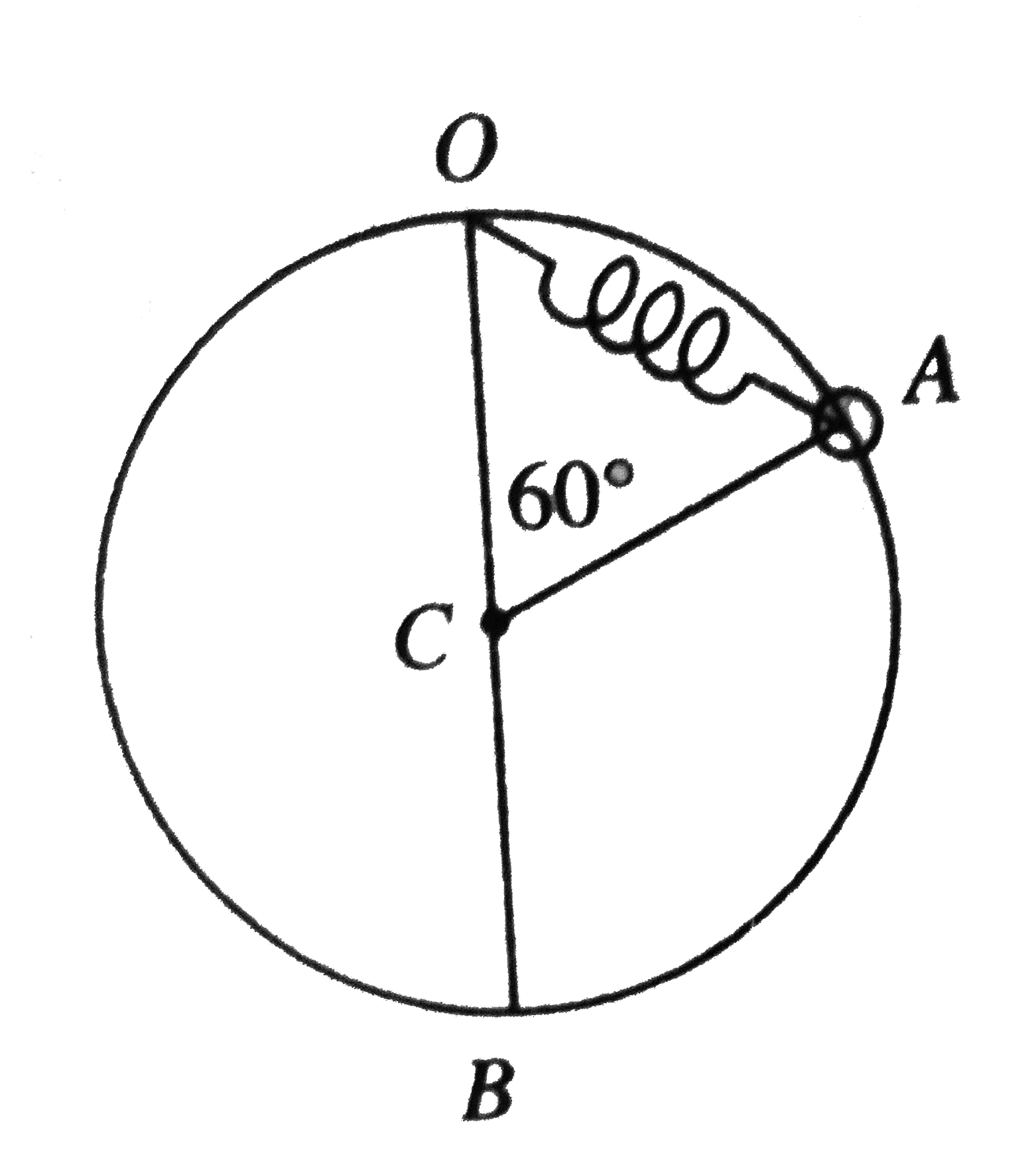In a various form of matter the constituent particles are held together with different types of forces. The extent of forces depends on the nature of the substances.
Solubility of O2 in water is due to_______
dipole-dipole forces
dipole-induced dipole forces
ion-dipole forces
hydrogen bonding
Step by step video & image solution for In a various form of matter the constituent particles are held together with different types of forces. The extent of forces depends on the nature of the substances. Solubility of O_(2) in water is due to_______ by Chemistry experts to help you in doubts & scoring excellent marks in Class 12 exams.
Updated on:21/07/2023Similar Questions
In a various form of matter the constituent particles are held together with different types of forces. The extent of forces depends on the nature of the substances.
Solubility of NH3 in water is influenced by _________ interactions.
View SolutionIn a various form of matter the constituent particles are held together with different types of forces. The extent of forces depends on the nature of the substances.
The forces operating in solid xenon are________
View SolutionThe attractive force which holds various constituents together in different chemical species is called
View SolutionOn exposure to air, alkali metals get tranished due to formation of oxides, hydroxides and carbonates on their surface. When heated
in air or oxygen they burn vigourously forming different types of
oxides depending upon the nature of the metal. The formation and stability of these metals can be explained on the basis of size of
alkali metal ion and the anion. Peroxides are colourless, while superoxides are coloured. The normal oxides are basic while
peroxides and superoxides act as oxidising agents.
Na2O2 has light yellow colour. This is due to
View SolutionOn exposure to air, alkali metals get tranished due to formation of oxides, hydroxides and carbonates on their surface. When heated in air or oxygen they burn vigourously forming different types of oxides depending upon the nature of the metal. The formation and stability of these metals can be explained on the basis of size of alkali metal ion and the anion. Peroxides are colourless, while superoxides are coloured. The normal oxides are basic while peroxides and superoxides act as oxidising agents.
Oxone is
View SolutionOn exposure to air, alkali metals get tranished due to formation of oxides, hydroxides and carbonates on their surface. When heated in air or oxygen they burn vigourously forming different types of oxides depending upon the nature of the metal. The formation and stability of these metals can be explained on the basis of size of alkali metal ion and the anion. Peroxides are colourless, while superoxides are coloured. The normal oxides are basic while peroxides and superoxides act as oxidising agents.
On heating in excess of oxygen, potassium gives
View SolutionThe intermolecular forces operating between two constituent particles depends on the distance between the centres of the molecules. Dipole-dipole interactions are inversely proportional to 3rd power of the distance where as dipole induced dipole interaction are inversely proportional to the sixth power of intermolecular distances.
In which of the following the extent of interaction is proportional to 1r6 where (r = intermolecular distance)
View Solution[A]: The water molecules are held together from cells of leaf to root because of cohesive force.
[R]: Water does not ascend in ttJ_e tissue due to_ transpiration pull.
View SolutionPacking refers to the arrangement of constituent units in such a way that the forces of attraction among the constituent particles is the maximum and the contituents occupy the maximum available space. In two dimensions, there are hexagonal close packing and cubic close packing. In three dimentions, there are hexagonal, cubic as well as body centred close packings.
A certain oxide of a metal M crystallises in such a way that O2− ions occupy hcp arrangement following ABAB... pattern. The metal ions however occupy 2/3 rd of the octahedral voids. The formula of the compound is :
View SolutionA particle of mass 5kg is free to slide on a smooth ring of radius r=20cm fixed in a vertical plane. The particle is attached to one end of a spring whose other end is fixed to the top point O of the ring. Initially, the particle is at rest at a point A of the ring such that ∠OCA=60∘, C being the centre of the ring. The natural length of the spring is also equal to r=20cm. After the particle is released and slides down the ring, the contact force between the particle and the ring becomes zero when it reaches the lowest position B. Determine the force constant (in×102Nm−1) of the spring.

View Solution
